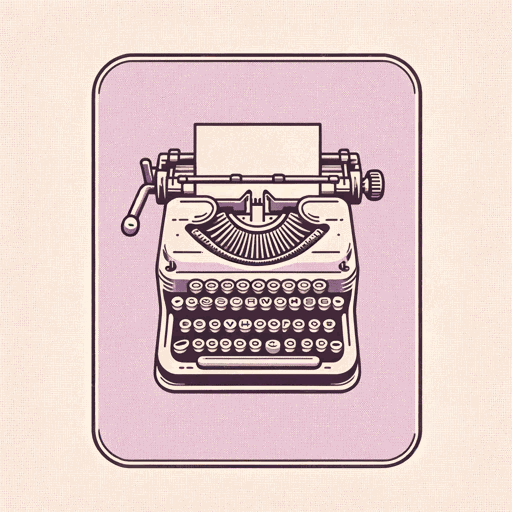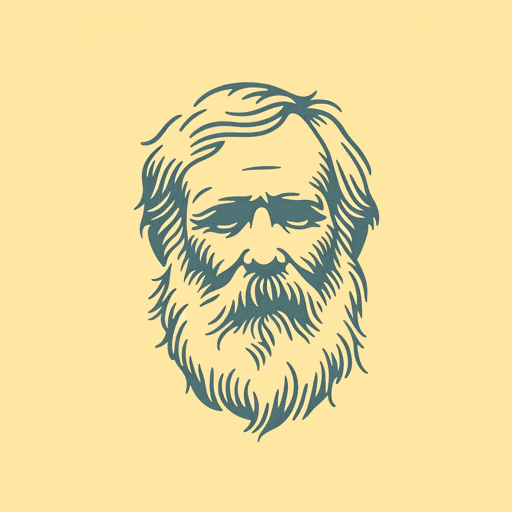26 pages • 52 minutes read
Allen GinsbergHowl
Fiction | Poem | Adult | Published in 1956A modern alternative to SparkNotes and CliffsNotes, SuperSummary offers high-quality Study Guides with detailed chapter summaries and analysis of major themes, characters, and more.
Symbols & Motifs
Travel
Ginsberg portrays travel as a mental and physical journey toward freedom. Travelers in “Howl” journey on public transportation and by foot to destinations often unknown; these trips involve drug use and altered states of being. In Part 1, Ginsberg describes travel by those “who chained themselves to subways for the endless ride […] on benzedrine […]” (Line 14), and others “who sank all night in submarine light […]” (Line 15). Beat poets often engaged in drug use to fuel the search for meaning, thus using drugs as a key for unlocking truth while mentally and physically journeying (“tripping” on drugs to seek clarity). Both of the above-mentioned verses underscore the travel motif as a feverish dreamscape filled with drugs and oppressive elements, yet it’s also an environment people willingly traverse while searching for authentic truth and unfettered freedom.
“Howl” also emphasizes the journey itself rather than the destination: “[those] who wandered around and around at midnight in the railroad yard wondering where to go, and went, leaving no broken hearts / who lit cigarettes in boxcars boxcars boxcars racketing through snow […]” (Lines 22-23), suggesting the experience, the search for meaning, often outweighs the destination—especially since the destination isn't often known, or since the destination sometimes leads to institutionalization (mental illness), demonization (traditional views against gay love), or what Ginsberg considers assimilation (past lovers or love interests embracing marriage and heteronormative relationships).
Related Titles
By Allen Ginsberg
Featured Collections
Addiction
View Collection
American Literature
View Collection
Books on Justice & Injustice
View Collection
Contemporary Books on Social Justice
View Collection
Mental Illness
View Collection
Poems of Conflict
View Collection
Pride Month Reads
View Collection
Short Poems
View Collection




